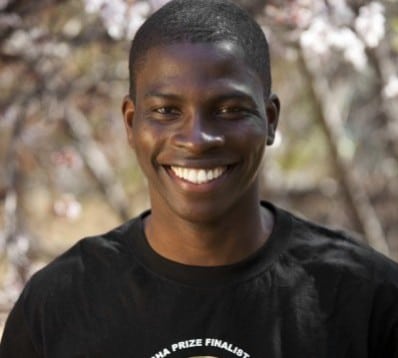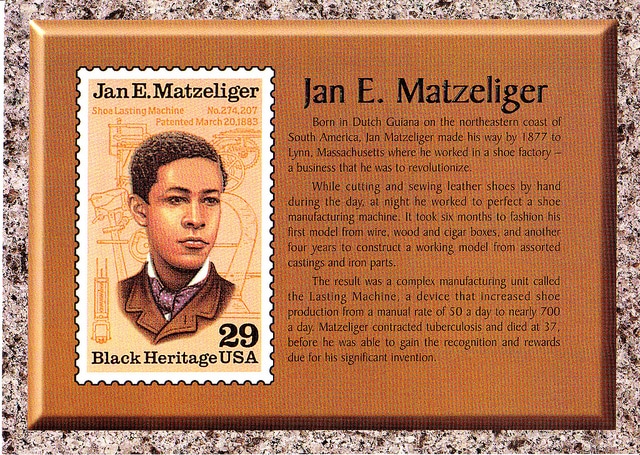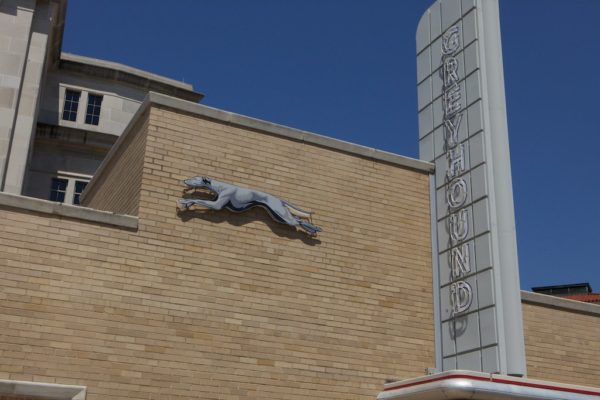A group of five recent graduates, each from a different African country, are revolutionizing education on the continent by moving classes online.
With all the entrepreneurs being under the age of 25, they have all grown up in the digital era and now they are putting that background to incredible use.
Together, they have launched Funda, which is an online training platform that has been teaming up with universities in South Africa to provide e-courses for users.
“At Funda, we develop learning management systems and provide content development services to higher institutions to take their courses online so that the general public can access them at a cheaper price,” one of Funda’s founders, Kolawole Olajide, explained, according to CNN.
The group of millennials understood that in today’s world, it can be hard for students to make the time to attend classes.
Budding entrepreneurs may have unusual hours as they strive to launch their own startups. Others may have already obtained managerial positions that don’t give them the free time to attend classes on a daily basis. Then there are many cases where family emergencies and special circumstances rob would-be students out of furthering their education.
Moving courses online could resolve these issues, and the founders of Funda want to be a part of charting the way for that to happen in Africa.
“Our major goal is to be a major education technology provider in Africa,” Olajide added. “So we’re just trying to strategically position ourselves, so when Africa is ready we would also be ready.”
Whether or not certain countries in Africa are “ready” has been a major obstacle for the group of founders.
Kennedy Kitheka from Kenya, Jason Muloongo from Zambia, Sameer Rawjee from South Africa and Kumbirai Gundani from Zimbabwe are the other four founders and each of them brought important perspectives about technological issues that still exist in different African countries.
“I was aware of user experience because user experience of technology in Nigeria was not very good,” Olajide said. “One of the other partners was keen on developing the mobile application because he said in his area of the world, there are more mobile users. So we are bringing together solutions made by the problems we’ve faced in Africa.”
While Funda has managed to go mobile, Olajide added that it is very limited for now.
“At the moment, [mobile] is very limited,” he said. “Mobile phones are good for getting your results, educations checking attendance reports and all that stuff. But the real core experience is from the desktop machine.”
While Funda’s headquarters is in South Africa, the founders hope to continue to expand across the continent and make education more accessible.
“The future of the continent lies in how educated people are,” he said. “All the major problems can be solved with education – education is the key to the future.”
Funda was launched in 2009 and since then has earned recognition from the United Nations Development Program and the World Economic Forum.



















